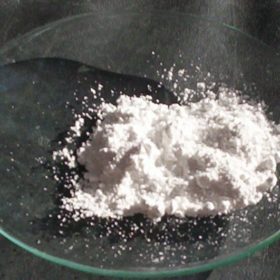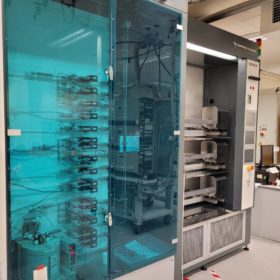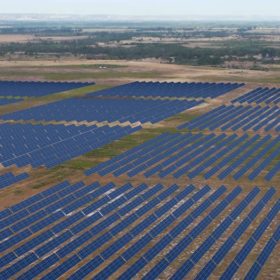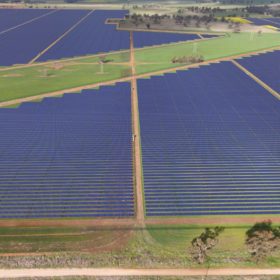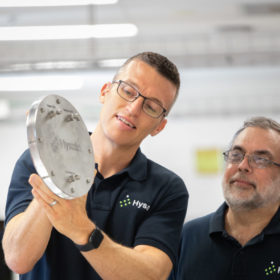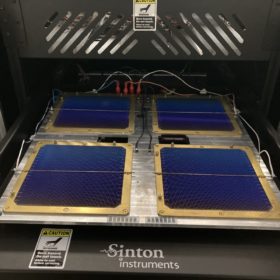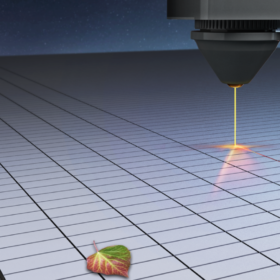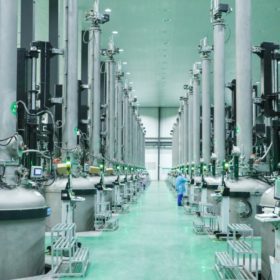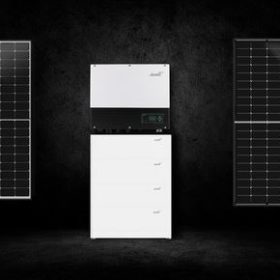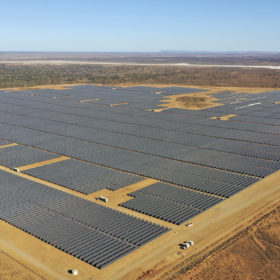N-type solar cell with aluminum-titanium passivating contact achieves 21.9% efficiency
Scientists in Australia have demonstrated a new way to apply a passivating contact layer to silicon cells. They produced an n-type cell with aluminum-titanium passivating contact and 21.9% efficiency, and claimed the technique could open up new possibilities for the use of transition metal oxides in cell passivation.
Improving gettering tech for TOPCon solar cells
Scientists in Australia have looked at how gettering technologies could improve passivating contacts based on polysilicon and silicon monoxide (SiOx) for tunnel oxide passivated contact (TOPCon) solar cells. They found that the gettering strength of the P-doped poly mainly depends on the doping concentration.
Australian solar park could generate hydrogen for less than $2/kg
A new study shows that hydrogen could be produced for as little as AUD 2.85 ($1.98) per kilogram, supporting Frontier Energy’s plans to make green hydrogen from a 500 MW solar project it is developing in Western Australia.
Wirsol secures approval for 445 MW solar-storage power plant in Australia
The Australian state of New South Wales has given the green light for another large-scale solar PV and battery project. German renewables developer Wirsol Energy has revealed that it has secured amended development approval for a 445 MW solar and energy storage hybrid power plant in the state.
Hysata brings capillary-fed eletrolyzer tech closer to commercial production
Australian startup Hysata is seeking to commercialize a breakthrough made at the University of Wollongong which CEO Paul Barrett describes as a “brand new category of electrolyzer” with 95% system efficiency.
Using p-type wafers in heterojunction solar cells, not a lost battle
An international research group has reconstructed the trajectory of p-type wafers in the heterojunction solar cell segment and has identified the lack of knowledge about boron-oxygen related light-induced degradation (BO-LID) as the main cause for the limited adoption of these wafers and the success of their n-type counterparts. According to the scientists, however, there is still big room for improvement for p-type technologies in heterojunction cells.
Reverse bias – a hidden challenge for perovskite solar cell stability
New research from renowned PV scientist Martin Green and colleagues at UNSW reveals that perovskite solar cells may struggle to deal with reverse-bias caused by uneven shading or other issues likely to appear in the field. Both the reverse-bias itself and resulting build up of heat can cause several of the materials commonly used in perovskite solar cells to degrade, and these issues have received only limited attention in research published to date. Solutions, however, are at hand.
The PV industry needs 12 times more polysilicon production capacity by 2050
New research from the University of New South Wales (UNSW) predicts cumulative polysilicon demand of 46-87 Mt will be required to achieve 63.4 TW of PV installed by 2050.
JinkoSolar unveils battery system for Australian residential market
Having established a strong foothold in the Australian market with its solar PV panels, Chinese manufacturer JinkoSolar is now seeking to expand its influence in the energy storage space with the launch of its modular Suntank home battery storage system.
Enel looks to sell major stake in Australian wind, solar portfolio
Italian utility Enel is reportedly looking to sell a substantial share in its renewable energy platform, Enel Green Power, to help fund an estimated 3.6 GW development pipeline in the country.
